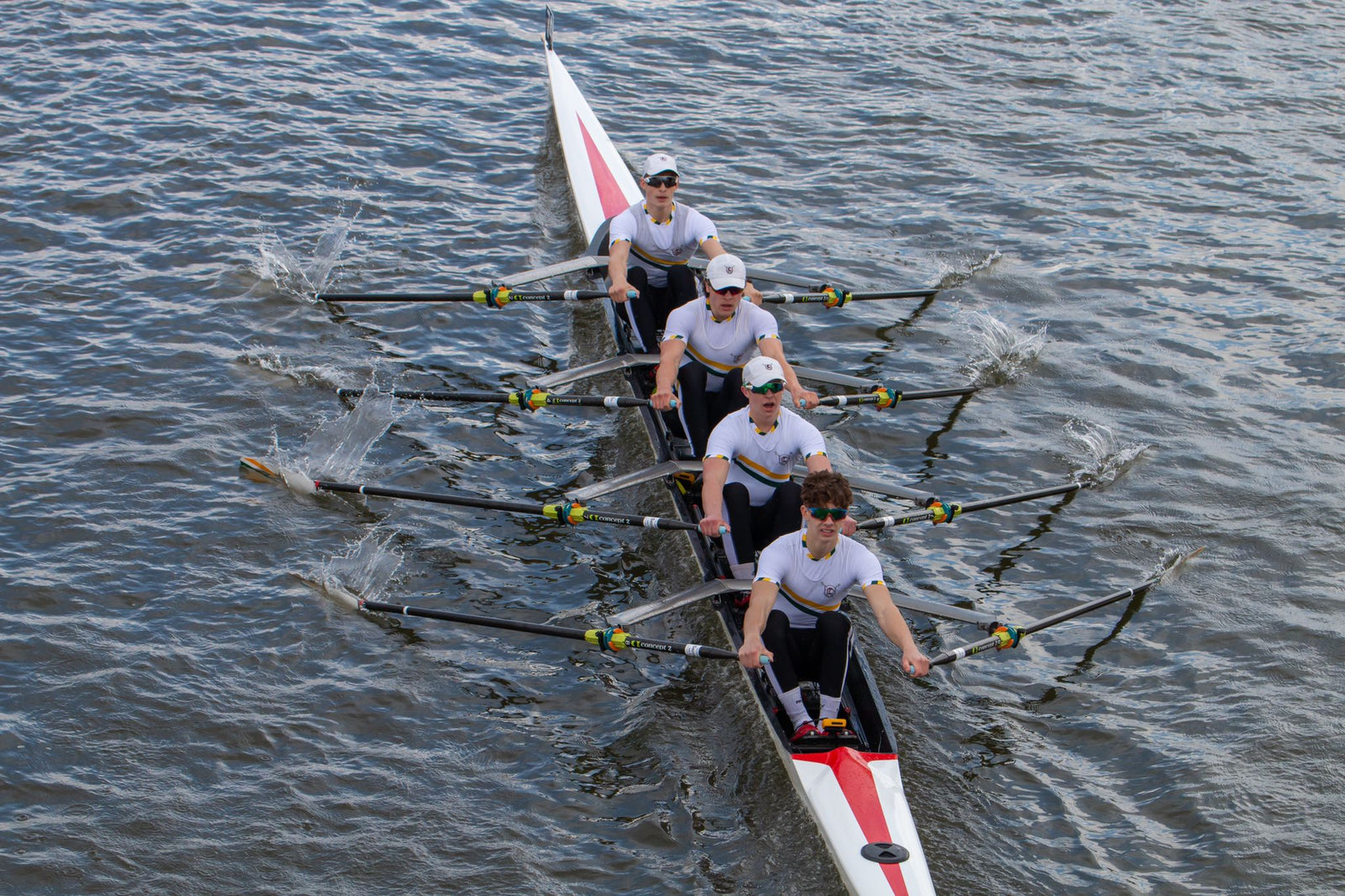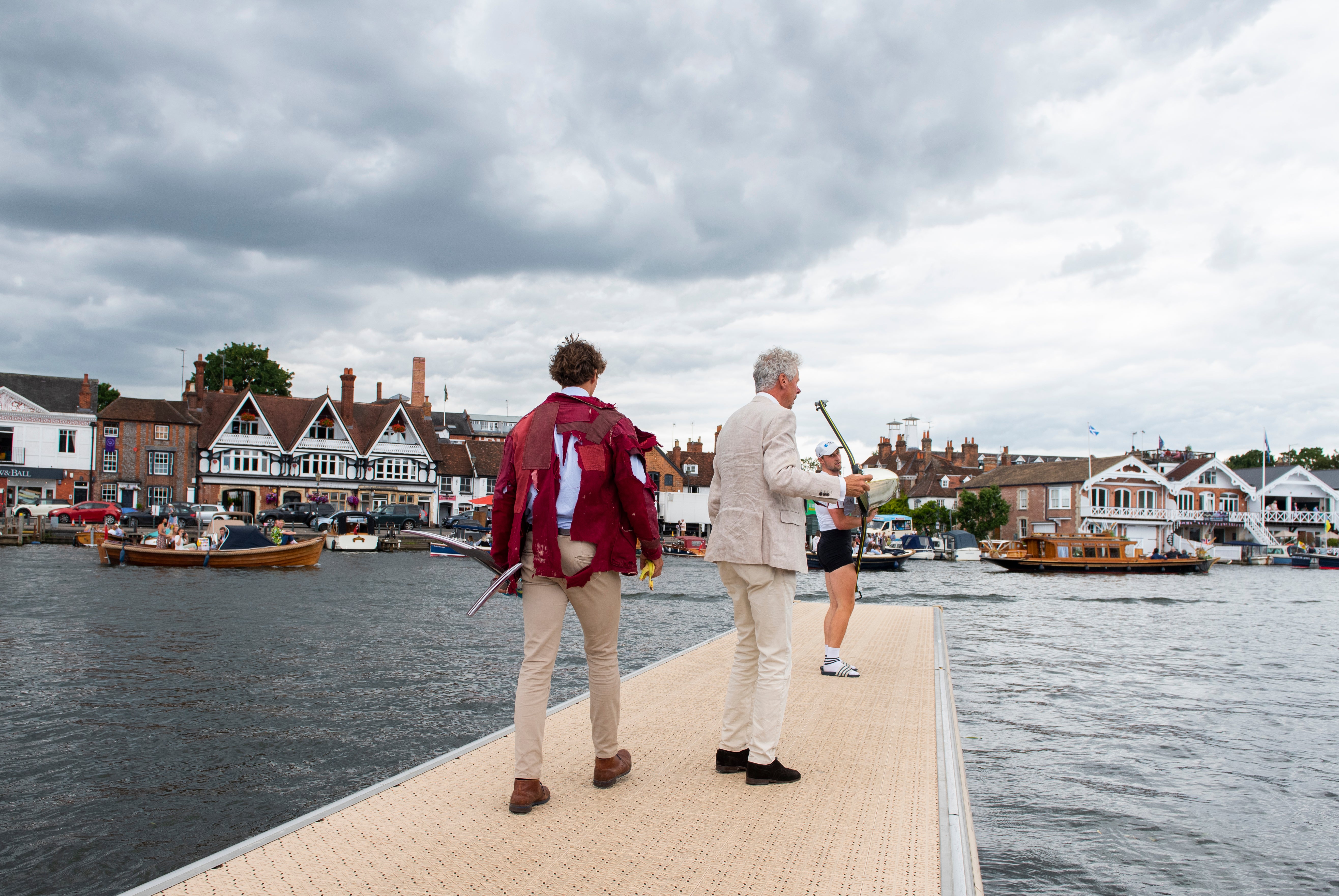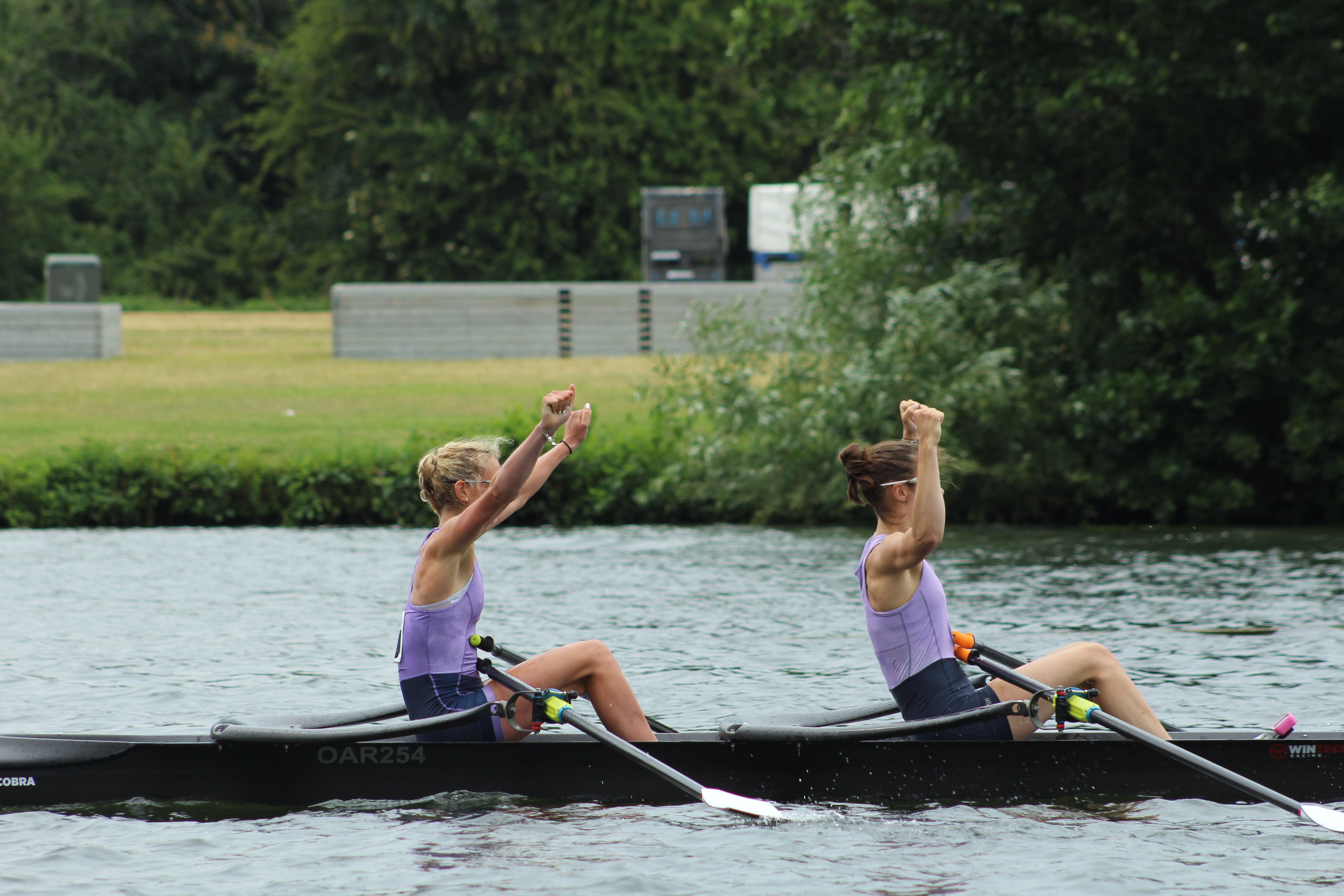Rowing Tips for Beginners

Rowing is a simple sport, but one that takes a long time to get comfortable with.
There is no doubt that learning to row can be daunting. When you take those first few strokes in a boat, it feels like there a million new things to think about which all are underwritten by the looming possibility of capsizing into cold, unfriendly water.
So, committed to improving everyone’s experience within rowing, we at Square Blades wanted a few beginner tips to help demystify our sport and provide some handy advice that can help speed up the learning process.
We caught up with the current Star Club Director of Rowing, former GB Junior Coach and England Home International and Commonwealth Rowing Team Manager, Jason Foster, to find out more.
-
Practice doesn't make perfect - practice makes permanent!
Get the small things right from the start, otherwise you (and your future coach) will have to work even harder to undo your bad habits before you can even start to improve.
Break down the stroke into small chunks and practice repeatedly in manageable segments that you understand and can reproduce accurately - the catch (start of the stroke); drive phase; extraction and recovery. Mental rehearsal when out of the boat is helpful too.
Be patient - you will be doing yourself (and your crew) a favour by getting these things right early. It's far too easy to try to run before you can walk and spend hundreds of unproductive hours later getting wet and grumpy because you were too quick to abandon good technique in favour of trying to row fast or hard without the necessary skills to underpin your boat speed.
-
Don't get too hung up about 'timing' or 'balance'.
Do you think you are good at walking? Yes, you probably are, but you've likely been doing it for a long time. Now try marching in perfect time with 3 or 7 other people lined up straight behind one another, whilst keeping perfect balance and not shifting your weight from right to left foot... I bet you can't do this straight away either!
Develop the basic skills until you are confident to reproduce them with reasonable accuracy in isolation, and then introduce external disruptors like an unsteady boat or impatient crewmates or coach.
Remember: timing and balance are products of good rowing - not a means in or of themselves. This is one of many reasons why the most effective ways of learning to row is in a single scull.
-
On the recovery, raise your hands as your handles come past your ankles, allowing the spoon of the blade to come closer to the water.
This will allow you to keep your hands higher above the boat gunnels throughout the rest of the recovery (and potentially avoiding splashing your crewmates!) whilst ensuring that you meet the water confidently at the catch without missing the start of the stroke and wasting your leg drive.
-
When you take your blade out of the water get your body as soon as possible into the position that you want it to be in at the catch
This will allow you to get your weight onto the feet nice and early instead of downwards through the hull, also slowing the boat down.
Do not pull yourself forwards with your feet - simply allow yourself to 'fall' forwards along the slide at a speed similar to that of the boat moving underneath you.
Furthermore, if you get this correct then all that you will need to do when you arrive at the front end is to raise your hands from the shoulders, reducing any unnecessary movement when the boat is at its slowest and least stable, to get a clean and confident catch.
-
Practice 'feathering' the blade with a thick marker pen, thin rolling pin or similar cylindrical object.
With arms in front of you, keep the wrists flat and the back of the hand horizontal and level with the forearm. Bend then straighten the fingers from the knuckle, with the fingertips remaining bent over. Use the thumb on the near underside of the 'handle' to help turn it into your fingers and back into the palm of your hand.
-
By far the most effective way to improve your rowing, whilst you are not in the water, is to stretch your hamstrings regularly.
Lay on your back with one leg flat and the other raised and bent in front of you. Once your knee is in the closest point towards your chest that you can manage without pulling, clasp your hands behind your thigh (not your knee!) to hold it in place, and then straighten your leg as far as you are able. Once your leg is as straight as you can manage, hold for 15 seconds in the same position. Relax and repeat - you should be able to get a little bit closer to your chest. Now repeat with the other leg.
This exercise is crucial for enhancing hamstring flexibility and thus your effective position in the boat, reducing back tension from the proximal insertion of the biceps femoris and allowing your core stability to remain engaged at the start of the rowing stroke.
One minute a day to make you a better rower!
Words by Junior Rowing News
Photo by A Blind Photographer








